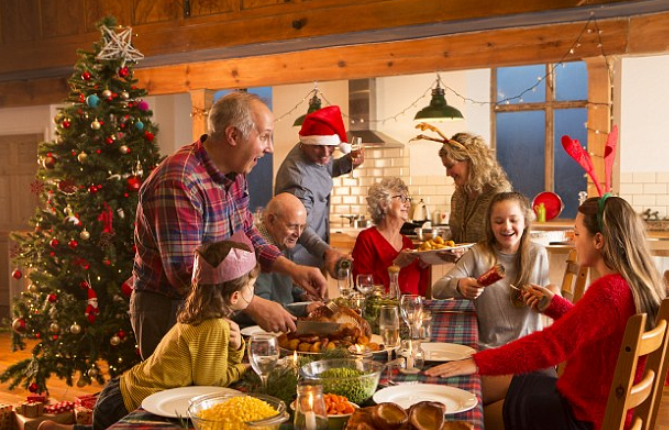Christmas is an important holiday that is celebrated around the world.
圣誕節是一個全世界都會慶祝的重要節日。
You probably know about the food, trees and gifts.
你可能知道圣誕大餐、圣誕樹和圣誕禮物。
You might know the story of the birth of Jesus, and some carols, too.
你可能也知道耶穌降生的故事和一些圣誕頌歌。
But not everyone celebrates Christmas in the same way.
但是不是所有人都用相同的方式來慶祝圣誕節。
In Russia, for example, people couldn't celebrate Christmas for many years.
比如說在俄羅斯,人們有許多年都不能慶祝圣誕節。
Christmas is now celebrated again, but it's mostly a religious holiday.
現在圣誕節又可以慶祝了,但是它主要是一個宗教節日了。
People attend church and enjoy a pleasant dinner with their families.
人們會去教堂,并且和家人享受一頓愉快的晚餐。

In the Netherlands, children look forward to special gifts, but they receive them on December 5.
在荷蘭,孩子們很期待特殊的禮物,但是他們是在12月5日收到禮物。
Children don't put out stockings.
孩子們不會掛出襪子。
Instead, they put out wooden shoes called clogs.
相反,他們會掛出被稱為clogs的木制鞋子。
Children don't wait for Santa Claus to arrive by sleigh from the North Pole, either.
另外,孩子們也不會等著從北極搭乘雪橇而來的圣誕老人。
Instead, they wait for Sinterklaas to arrive by ship from Spain.
他們等待的是從西班牙乘船而來的圣尼古拉斯。
December 25 is celebrated quietly with a trip to church and a family meal.
12月25日只會平靜的慶祝,包括前往教堂以及家庭聚餐。
In Mexico, homes, churches and businesses are decorated with Nativities that show the Christmas story.
在墨西哥,家里、教堂里以及企業中都會掛上耶穌降生圈來呈現圣誕的故事。
Children join Posada parades that celebrate different parts of the Christmas story.
孩子們會加入持燭游行,頌揚圣誕節故事的不同部分。
Then, on January 6, Mexican children get Christmas gifts from the three wise men.
隨后在1月6日,墨西哥的孩子們會從東方三博士手里收到圣誕禮物。
Mexico is also the home of the Poinsettia -- the popular Christmas flower.
墨西哥也是一品紅的故鄉--這是一種很受歡迎的圣誕節花卉。











